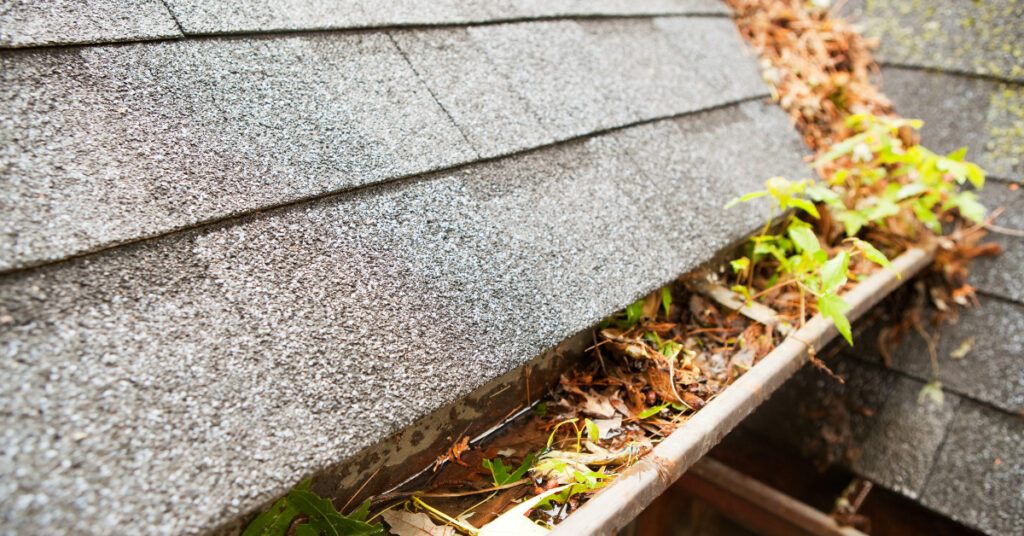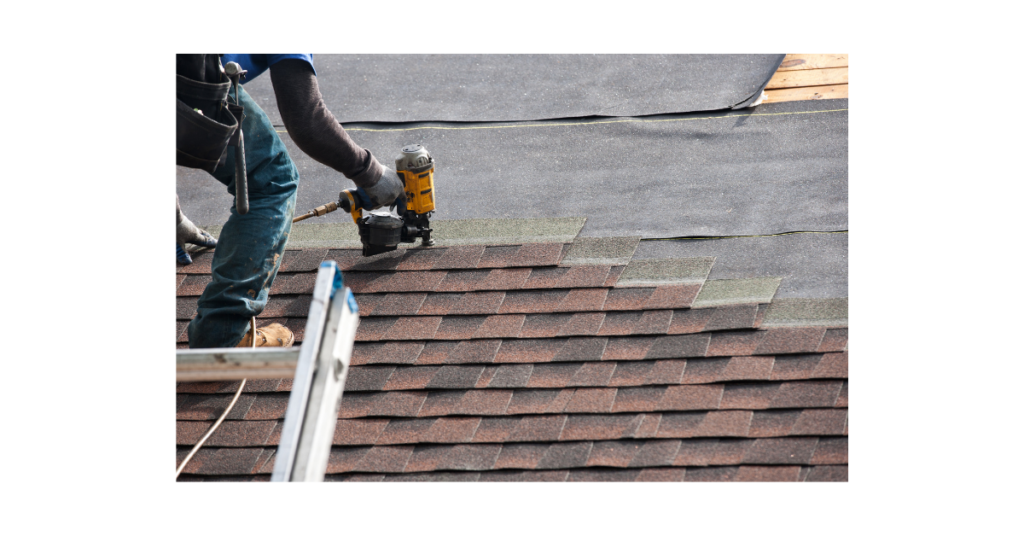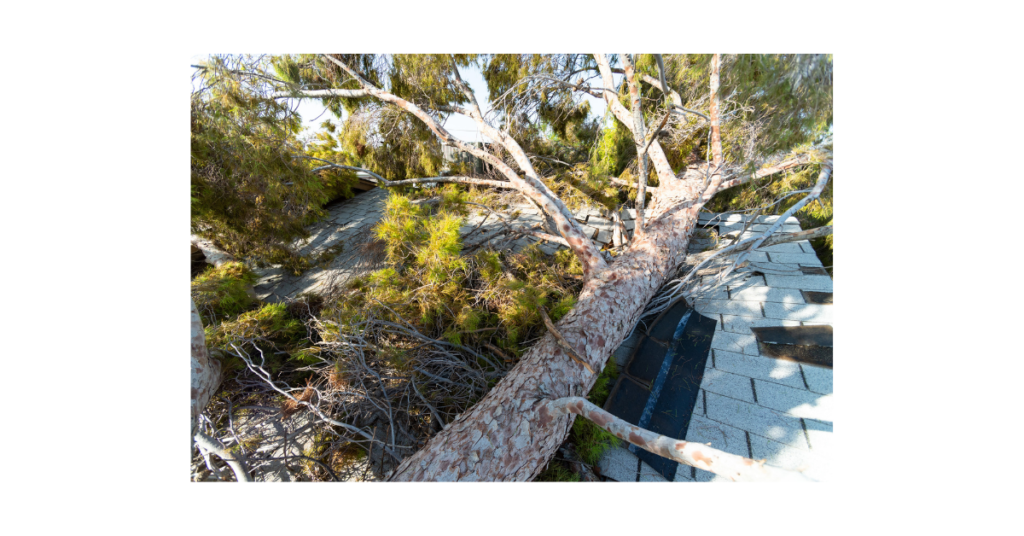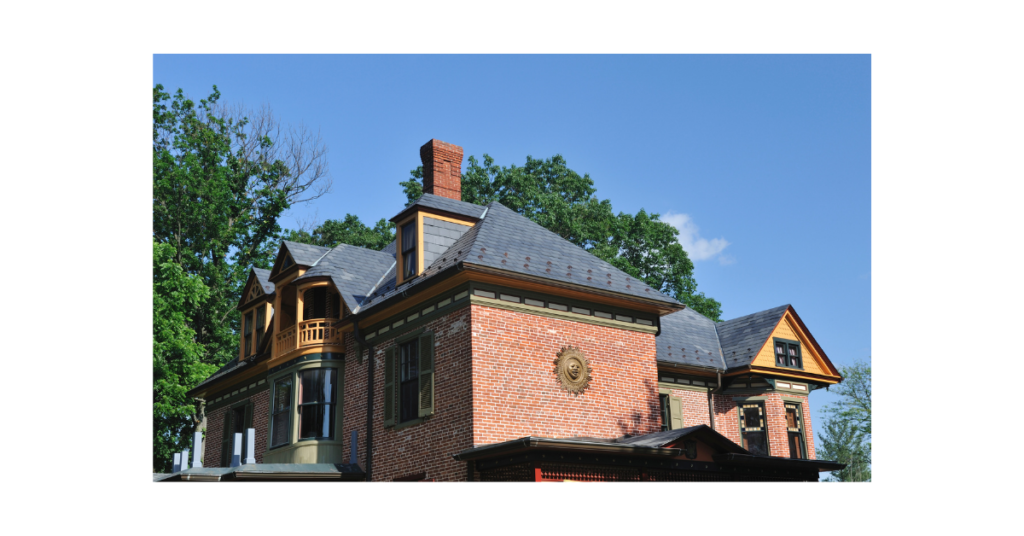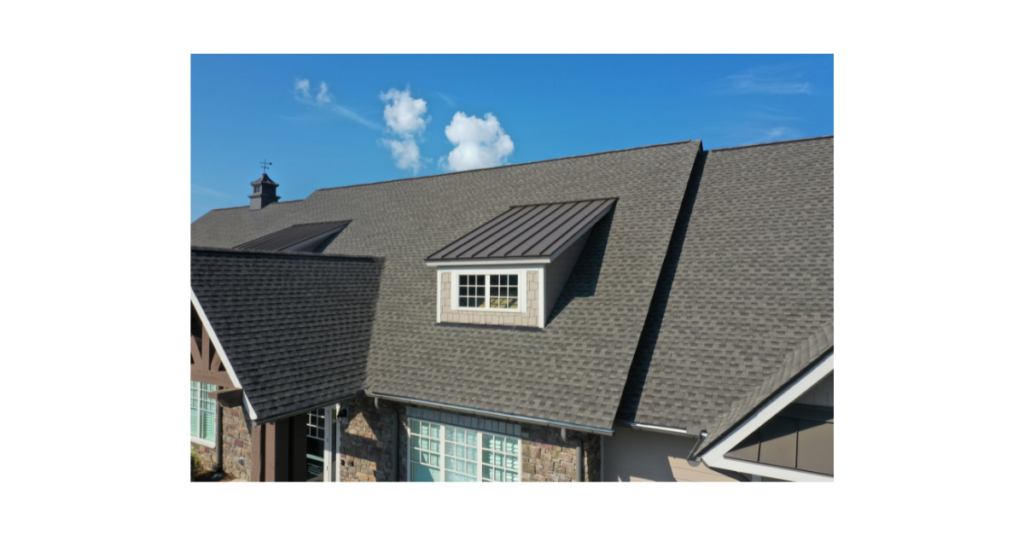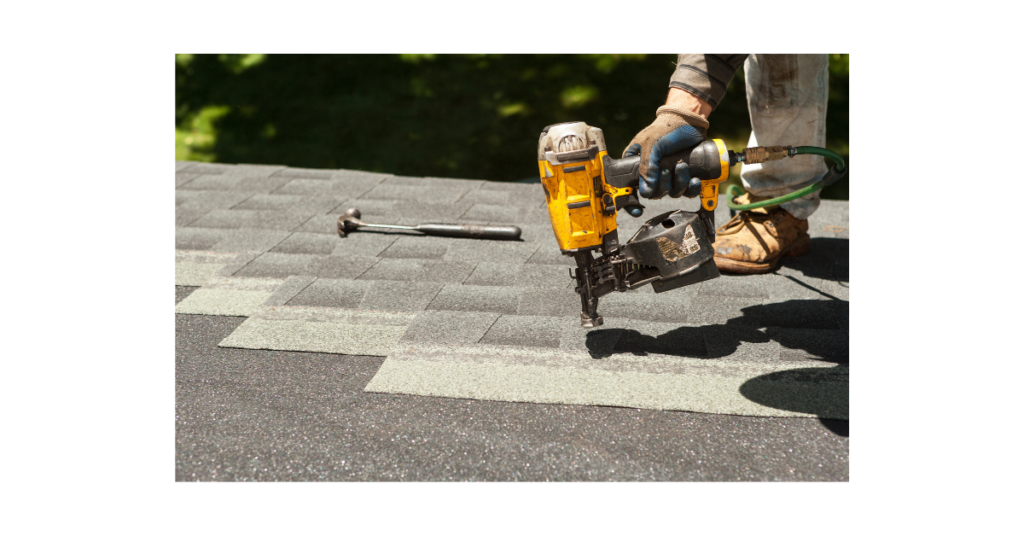We have four full seasons of weather here in the Greater Philadelphia area and your roof is one of the biggest investments that will protect your home. It is also one of the most important. A properly installed, well-insulated roof using quality materials will last decades and will protect your entire home from moisture damage and heat loss. But different roofing materials have different life expectancies. It’s important for you, the homeowner, to know all your options. At M&K Renovations, we have industry knowledge about all the materials needed in building your roof and the different grades of quality available. We’ll help you sort it out in order to choose the best combination of materials within your budget to help your roof last as long as possible.
Parts of a roof
There are many parts of a roof, including:
Frame (rafters): These are the wooden boards over which your roof is laid. Unless water damage has occurred, your rafters and framing do not usually have to be touched when laying a new roof.
Decking (sheathing): Wooden sheets are laid over the roof frame to provide support for the roofing material and a nailbed for the shingles.
Underlayment: Underlayment is a waterproof material that protects the shingles against resin from decking and protects decking from moisture.
Roofing material (shingles etc): This is the upper layer of your roof, the part you see.
Eaves: Your eaves are the parts of the roof that overhang the side of your house. They include the soffit (the part underneath that is parallel to the ground) and the fascia (to which gutters are usually attached).
Flashing: Flashing is the material installed around roof features such as vents and chimneys in order to prevent water from penetrating and to direct the water off the roof and into gutters.
Gutters: The gutters are attached to the eaves to catch rain and melting snow that runs off your roof.
Choosing quality materials
While most homeowners only consider the top layer – the visible roof – when choosing materials, the materials used in each layer of your roof will have a significant impact on the longevity of your roof.
Decking: Any parts of your current decking that show wear and tear or moisture damage should be replaced. The most common form of decking today is sheet decking, either plywood or oriented strand board (OSB). Plywood is sheets of solid wood and comes in various thicknesses, from 3/8 inch to 3/4 inch. OSB consists of wood chips that have been pressed into flat 7/16 inch sheets. OSB is slightly less expensive and considered stronger than plywood, but plywood is stiffer and holds fasteners better.
Underlayment: New underlayment will be laid for your new roof. Options are asphalt-saturated felt, rubberized asphalt, and synthetic. All three are waterproof, although the asphalt-saturated felt becomes less waterproof over time. It is the least expensive and easiest to install, but it tears easily and gradually deteriorates. Rubberized asphalt underlayment is 100% waterproof and seals better than felt, but is more labor-intensive to install. The synthetic underlayment is becoming the most popular underlayment because it has the longest lifespan, is resistant to UV penetration, tearing, and fungal growth, and withstands the widest temperature swings.
Roofing materials: In Southeast Pennsylvania, the most common roofing materials used are asphalt shingles and metal. Other roofing materials include wood, slate, clay tiles, and concrete tiles. These are often used as accents or for houses of a very specific style.
Asphalt shingles: Asphalt shingles come in a dizzying array of styles, levels of quality, and cost. They can be the least expensive roof or one of the most expensive. Typically asphalt roofs can last from 15 to 40 years, depending on quality and weather conditions.
Metal roofs: Metal roofs vary in lifespan, as well, but almost all metal options will outlast the asphalt shingle option. The least expensive, steel, lasts for 30 years or more. Copper roofs can last more than 70 years, but they are expensive and subject to expansion and contraction. Zinc roofs are the most durable, last over a century, and are the most expensive.
Wood shingles: Natural wood looks wonderful and generally lasts 25-30 years with regular upkeep. They are more expensive than asphalt but less expensive than metal.
Clay and cement tiles: Tiles look stunning, can last up to 100 years, and are comparable in price to steel roofing.
Gutters and flashing: These two elements are absolutely critical to preventing water penetration below your roof and into your home. High-quality materials should be considered for these elements, especially since the extra expense would probably not significantly impact the overall cost of your roof.
At M&K Renovations, we’re your roofing experts on the Main Line and in the surrounding Southeast PA area. Contact us today at (610) 353-2895 so we can help you choose the right materials within your budget to help your roof last for generations.


